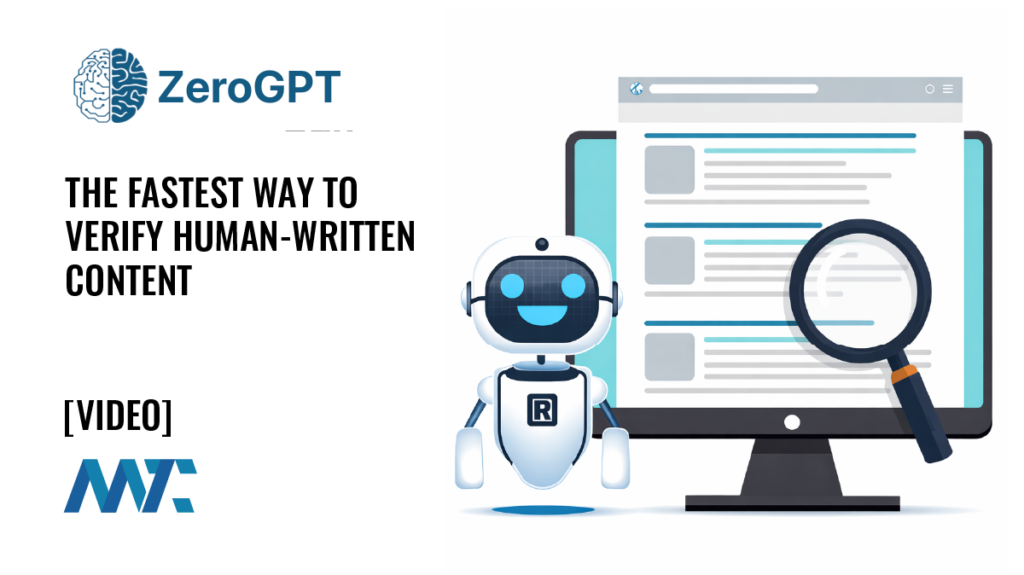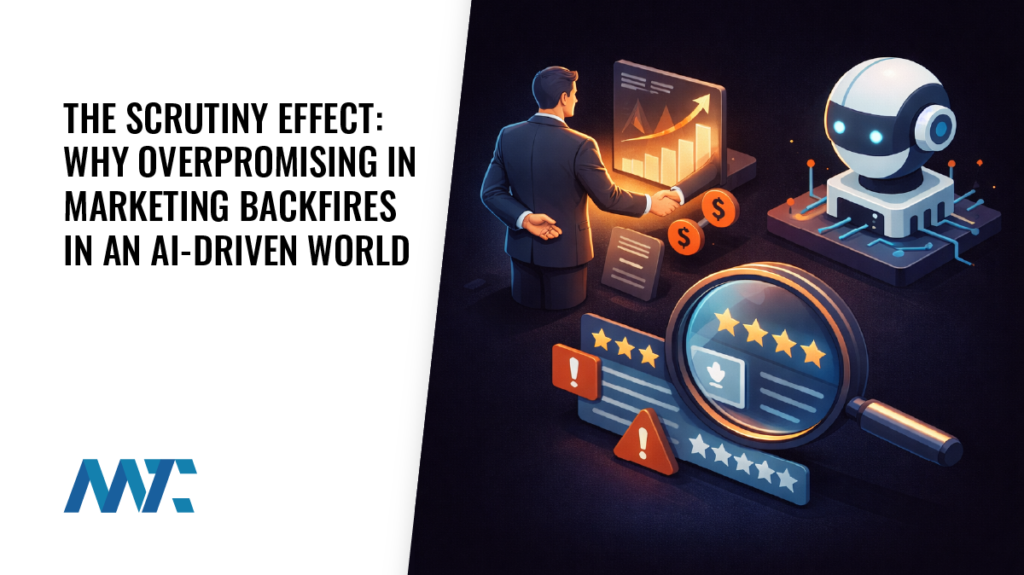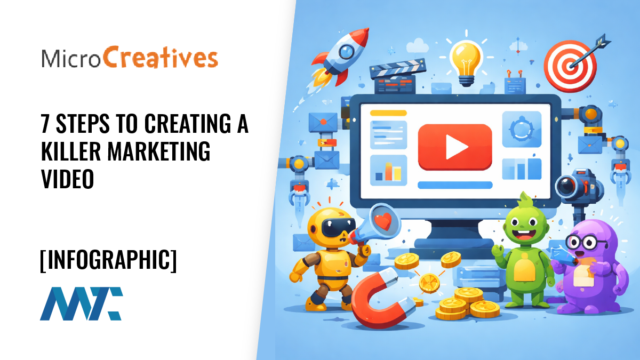The Evolving Landscape of Digital Content Theft: How Content Creators Can Protect Their Work

TContent theft has become increasingly sophisticated and pervasive. Over the last decade, the problem has grown far more complex. Let’s explore the current state of content theft and provide strategies for creators to protect their work.
Beyond Copy and Paste
Content theft isn’t limited to direct copying anymore. Here are some common tactics:
- Rewriting and Paraphrasing: Thieves rewrite articles, maintaining the core ideas but changing the wording to avoid detection.
- Content Spinning: Using software to automatically rewrite content, often resulting in low-quality articles that still capture the essence of the original.
- Patchwork Plagiarism: Combining parts of multiple articles to create a “new” piece without proper attribution.
- Translation Theft: Translating content into another language without permission or credit.
- Visual Content Theft: Stealing infographics, images, or videos and repurposing them without attribution.
The Rise of AI-Generated Content
With the advent of advanced AI language models, a new form of content theft has emerged:
- Training on Uncredited Sources: AI models trained on vast amounts of online content, often without proper attribution or compensation to original creators.
- AI-Assisted Rewriting: Using AI tools to rewrite existing content, making it harder to detect plagiarism.
- Generating Original Content: AI creating content based on prompts that closely mimic existing articles without direct copying.
The Impact on Creators
Content theft affects creators in multiple ways:
- Loss of Traffic: Stolen content can outrank sources in search results.
- Revenue Loss: When content is republished elsewhere, creators lose potential ad revenue and leads.
- Reputation Damage: Poorly rewritten or misattributed content can harm a creator’s reputation.
- Time and Resource Drain: Creators spend valuable time fighting theft instead of producing new content.
Protecting Your Content
While completely preventing content theft is challenging, creators can take steps to protect their work:
- Use Digital Watermarks: Embed invisible watermarks in images and videos to prove ownership.
- Implement Robust Copyright Notices: Clearly state your copyright terms on your website and within your content.
- Utilize Content Management Systems: Use platforms that offer built-in copyright protection features.
- Monitor Your Content: Use tools like Google Alerts, Copyscape, or specialized content monitoring services to track where your content appears online.
- Educate Your Audience: Encourage proper attribution and sharing practices among your followers.
- Consider Partial Content Publishing: Publish excerpts or summaries with full content available behind a paywall or through controlled distribution.
- Use Blockchain Technology: Some platforms now offer blockchain-based content verification to prove ownership and publication date.
Legal and Technological Solutions
- Deny Access To Scrapers: It’s a difficult task that is often a game of whack-a-mole, but if you can identify the source sites that are scraping your content or consuming your RSS feed, you can attempt to block them via your .htaccess file or other ways.
- DMCA Takedown Notices: Familiarize yourself with filing DMCA takedown requests with search engines and hosting providers.
- Creative Commons Licensing: Use appropriate Creative Commons licenses to specify how your work can be used and shared.
- AI Content Detection: Stay informed about emerging AI content detection tools to identify potential generative AI (GenAI) theft.
- Collaborate with Other Creators: Join or form creator communities to share information and resources for combating content theft.
Content theft has evolved beyond simple copy-and-paste tactics, presenting new challenges for creators in the digital age. By staying informed about the various forms of content theft, implementing proactive protection strategies, and leveraging legal and technological solutions, creators can better safeguard their work. Remember, while protecting your content is important, it is equally crucial to continue creating valuable, original work that stands out in the digital landscape. By focusing on quality and building a strong, engaged audience, you can mitigate some of the impacts of content theft and maintain your position as a respected creator in your field.






